What you can do with students outdoors depends a lot on what you carry in your pack. We like students to engage directly with nature as often as possible during outdoor science, so we carry stuff that helps them do that. With this approach, the main equipment is nature itself, so you can travel fairly light, but you can get a lot of bang for your buck from carrying certain equipment. Hand lenses can lead to transformative experiences and open students to microworlds. With a small net you can catch the salamander you come across, and students can observe it up close if you have a clear plastic cup.
We’ve made three backpack tiers: what we carry all the time, no matter what (Barebones), what we carry when we’re feeling a little more deluxe (Swanky), and what we carry when we’re prepared for students to focus on creating and running more involved outdoor science investigations (Science Investigation-focus).
We’ve left out things that are program and logistics-specific (like first aid kits and lunch materials) and any tools/materials that are specific to a single activity. They’re not here, not because we don’t think they’re important, but because we figure each program has their own specific needs and equipment of this type. And, of course, no list is complete. Please add more ideas in the comments below to let us know what we’re missing!




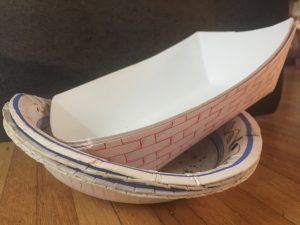
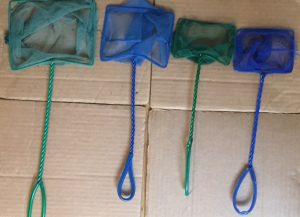
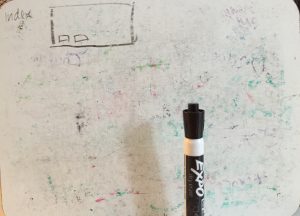
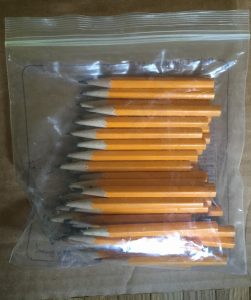

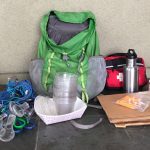
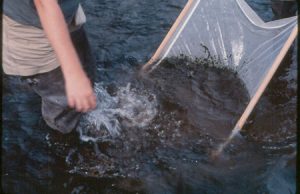
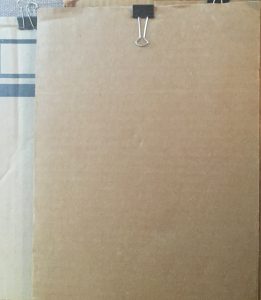
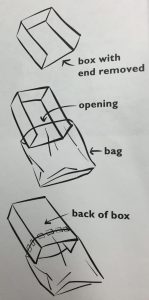

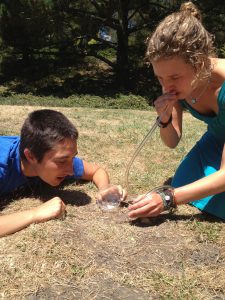


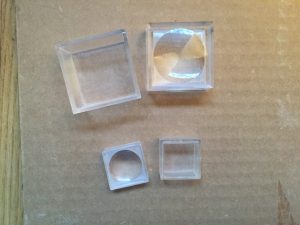
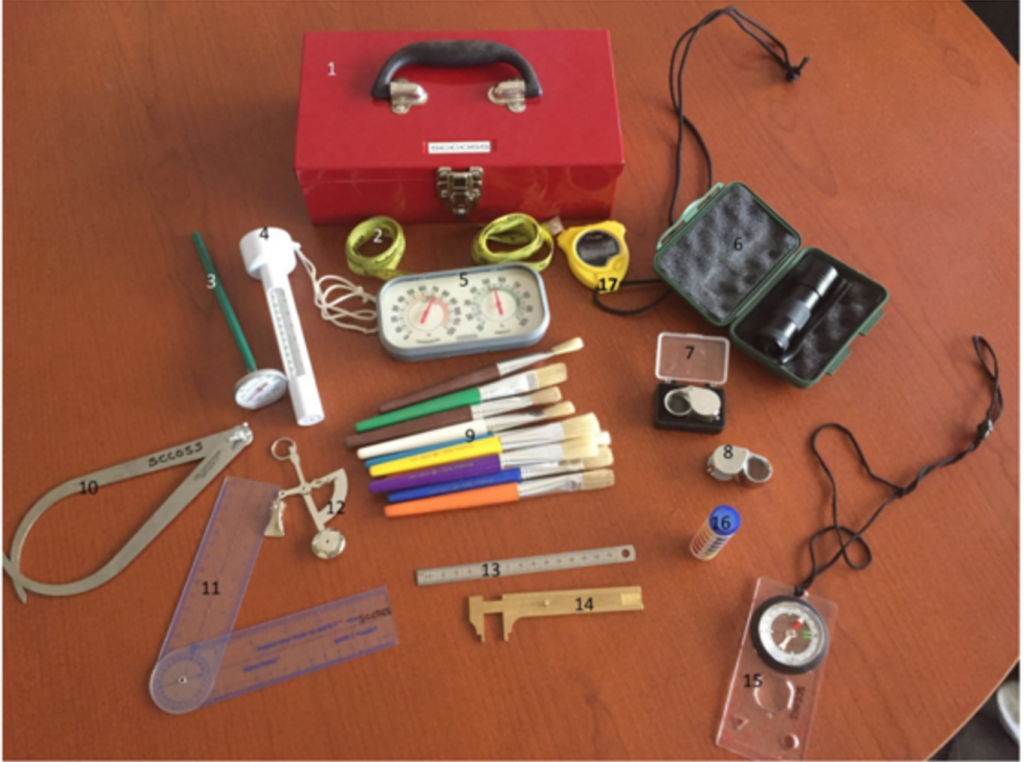
3 Responses to “What’s in our Backpack?”
Do you have any other places that have the double maginifier 5x-8x hand lens?
Hey Lindsay, we’re having trouble locating them, as well! We found one other site to order them from (https://www.enasco.com/p/Economical-Large-Dual-Magnifier%2BSB48968), but they are also out of stock.
We’ve heard from the company linked on this page currently that they will get another shipment eventually, just not sure about the timing.
Try: https://www.labconusa.com/Magnifier-Double-Lens-5x-8x.html
Leave a Response